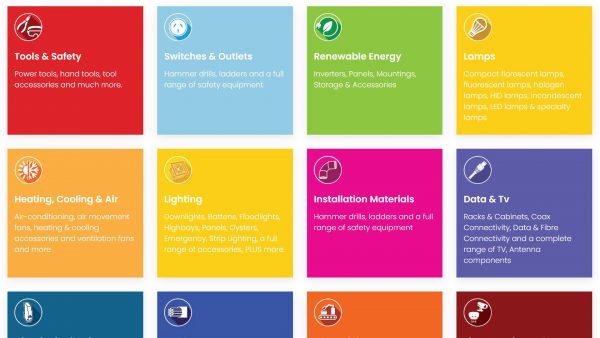
Lighting
LIGHTING THE FUTURE
A lot of information has been touted about the benefits of light-emitting diode (LED) lighting over the past few years, but the emergence of the technology has happened so rapidly that it has been difficult to separate the genuine facts from the sales pitches.
So what’s the difference? Well, below we have provided a breakdown of the different lamp types and their benefits, as well as some practical pointers on which lights you should choose for the home.
CFLs are cheap, but not the best
CFLs can give a great light output, and will last you a few years, however, they often take a short while to warm to their true light output. They also tend to wear out over time. As a result of this, their light quality also fades. Further, due to a CFL’s mercury content, it needs to be disposed of with care.
Halogen lamps are low-wattage, but not low-energy
You’ll usually see halogen lamps – a type of incandescent lamp – functioning as downlights in the home. These are around 30% more efficient than the original incandescent bulbs (which have since been phased out), however they can still consume a significant amount of energy.
LEDs are more expensive, but cheaper in the long run
LEDs are now well established as lights for use in the home. They can initially be more expensive but they work out to be cheaper over time – the initial price of a halogen lamp is lower than an LED lamp, however, an LED lasts five to ten times longer and consumes one fifth of the energy.
Which type of lamp should I choose for the home?
Do you know your downlight from your globe, your directional from your omnidirectional, and your 2700K temperature from your 4100K? If not, take a look below – we’ve simplified things.
Your home is a space to relax, so your lighting should complement that. Opt for omnidirectional
globes in ceiling or wall-mounted fixtures, pendants and chandeliers, as this will help spread light around the room, radiating a comfortable level of brightness.
Colour smart
The most common temperatures of LED lighting you’ll see will appear either ‘yellow’ in colour, or bright white. The former, a 2,700-3,200K range of temperature, provides a ‘warmer’, more comfortable feel to a room, so it’s better suited in living areas such as the lounge room, bedrooms and hallways.
For work areas, bathrooms, kitchens, laundries and garages, your main focus isn’t comfort, it’s being able to adequately see what you’re doing. Because of that, a cool white-daylight range works well – between 4,100K-6,500K.
Lighting the office
With many organisations now fully aware their responsibility to create a ‘green’ building space that is sustainable, LED technology is now more important than ever. Moreover, with the customisability that is available for lighting designs, office owners can use a combination of both omnidirectional and directional lights to optimise the productivity of workers and provide a flexible, multiuse space.
However, the key to taking advantage of LED adaptability is through lighting control. That’s great, because LED lighting can be controlled easily, so in office circumstances, organisations can use tuneable fixtures to increase efficiency and tailor colour temperature to the use of a space.
So if you’re looking to optimise your lighting for an office scenario, make sure your lighting works around you, and not the other way around.


